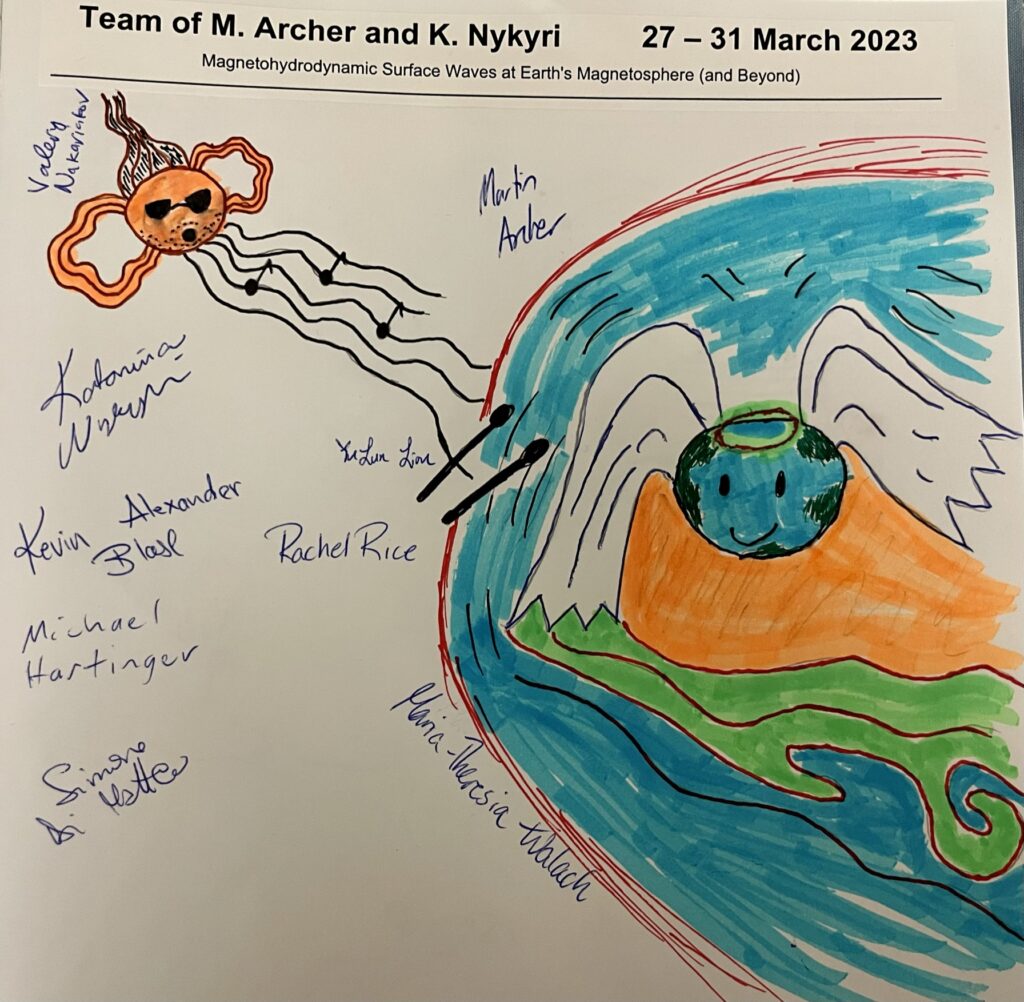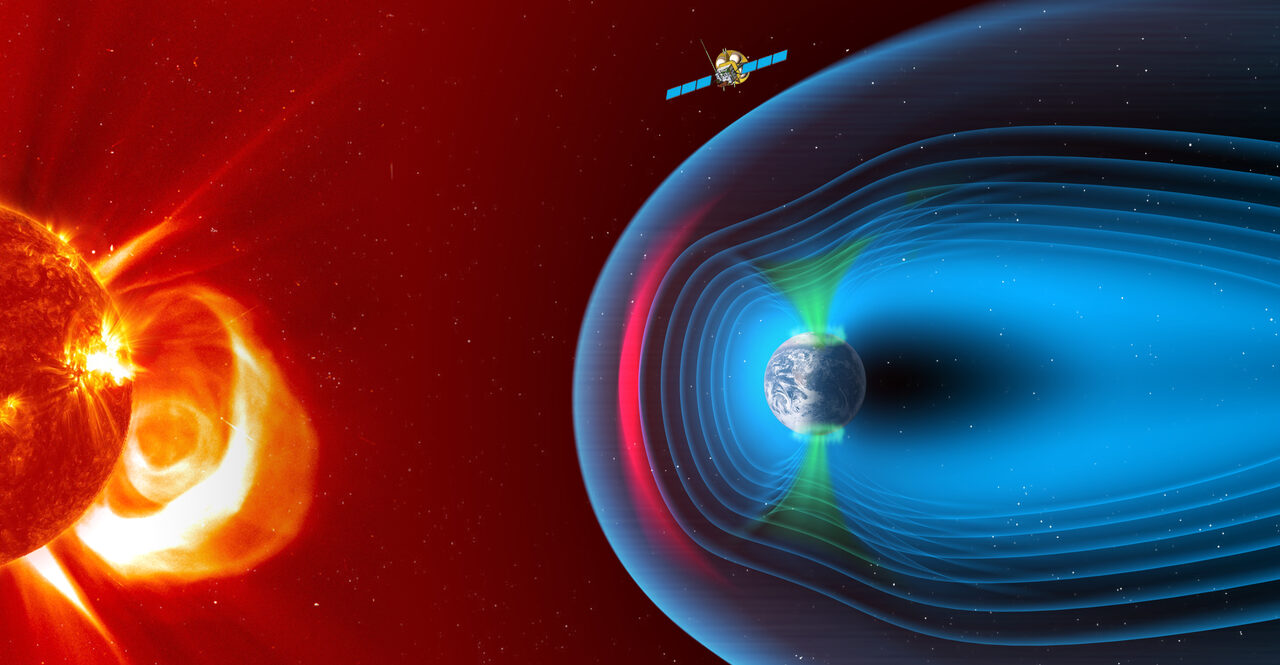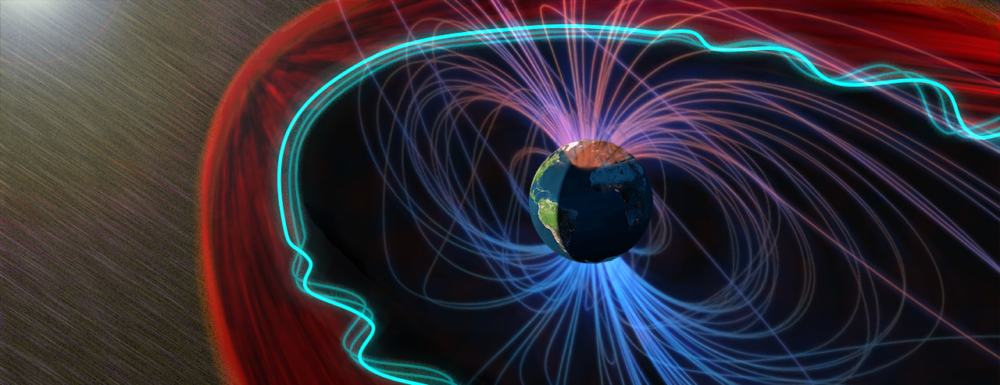 Surface waves act as an efficient mechanism of filtering, accumulating, and guiding turbulent disturbances in space plasmas, controlling the global dynamics of Earth’s magnetosphere and other systems. They can affect plasma transport and dynamics of both thermal plasma and high-energy particles, thus having a major impact on the magnetospheric mass and energy budget. Despite several recent high-impact discoveries of magnetopause and plasmapause surface modes, these have been limited case studies and the work of disparate groups. We propose to bring together top tier researchers with expertise spanning theory, simulations, and observations to address key challenges in understanding how surface wave physics mediates the solar-wind–magnetosphere–ionosphere dynamical coupling. The team will benefit from solar, heliospheric, and planetary magnetosphere community involvement, where surface waves under widely different scales, morphologies and plasma conditions occur. Together we will:
Surface waves act as an efficient mechanism of filtering, accumulating, and guiding turbulent disturbances in space plasmas, controlling the global dynamics of Earth’s magnetosphere and other systems. They can affect plasma transport and dynamics of both thermal plasma and high-energy particles, thus having a major impact on the magnetospheric mass and energy budget. Despite several recent high-impact discoveries of magnetopause and plasmapause surface modes, these have been limited case studies and the work of disparate groups. We propose to bring together top tier researchers with expertise spanning theory, simulations, and observations to address key challenges in understanding how surface wave physics mediates the solar-wind–magnetosphere–ionosphere dynamical coupling. The team will benefit from solar, heliospheric, and planetary magnetosphere community involvement, where surface waves under widely different scales, morphologies and plasma conditions occur. Together we will:
- Consolidate current surface wave theory, simulations, and observations into a comprehensive review.
- Simulate the global dynamics due to surface waves and predict potential observational signatures.
- Test these predictions for a variety of driving events to assess occurrence rates, properties and impacts.
- Identify missing links and technology gaps needed for future missions to address unresolved questions.
This work will significantly advance our fundamental understanding of surface waves in complex space plasma systems and their importance in the global mass, energy, and momentum transfer. It is underpinned by the team’s access to several cutting-edge simulation codes, contemporary space missions, and newly deployed facilities. The results will be crucial in interpreting data from upcoming missions such as SMILE.


